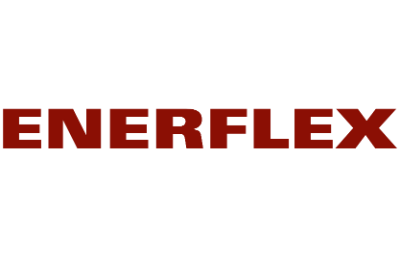Sign up for daily news updates from CleanTechnica on email. Or follow us on Google News!
Blockchain and renewable energy technologies have been two of the most discussed technological and economic advances in the recent years. However, until now there has not seemed to be much of a crossover. New uses for blockchain technology are allowing small-scale investment in renewable energy. Rather than limiting utility-scale wind and solar investment to investors with over $100 million in capital, blockchain technology allows for a democratization of clean energy investment. This allows project developers an abundant source of capital while allowing everyday investors to reap the financial returns of clean energy investing.
The primary goal of incorporating blockchain technology is to allow average investors to benefit from the transition to renewable energies. Due to many institutional investors in the utility clean energy space looking at projects of over $100 million, there is a significant gap of investment available for projects below this mark. This market, known as the “missing middle,” will be able to use secure blockchain technology to make investing in a solar farm in a different part of the United States simple and secure.
One of the companies currently leading the way in incorporating blockchain and renewables is Plural Energy, a US-based startup. In a conversation with Plural Energy CEO Adam Silver, he emphasized that the goal of incorporating blockchain technology into renewable energy financing is to allow everyday investors to create a portfolio of renewable energy assets, a sort of renewable energy stock market.
During our discussion, I asked Silver about the struggle to change the public perception of blockchain. Whether through the launching of new coins or NFTs, the view of this technology as a risky investment with significant volatility has been widespread. However, Silver pointed out that by separating the technology from the perception, investors are able to see the broad uses of decentralized financing. This system allows for investment in physical projects like solar farms through a source that is registered with the SEC and allows for smaller-scale investors to become involved in clean energy financing.
This technology could also be easily converted into carbon credits, where investors receive a fraction of a carbon credit as a result of an investment, rather than a financial return. Silver pointed out that the use of blockchain also democratizes access to investing in renewable generation. Along with benefiting the investor, the incorporation of blockchain technology into renewable projects allows project financiers and developers to access capital from previously unavailable sources.
Hoping to understand more about the intersection of renewable energy and crypto, I turned to Neil Devani, the founder and managing partner at impact investing firm Necessary Ventures. As a lead investor in Plural Energy, I was interested in what led to their investment. Devani described a clear use case for reaching the “missing middle” of investment, as well as the opportunity to combine the growing interest in cryptocurrency usage with something that would be beneficial to society.
It is worth noting that allowing investing in renewable energy projects through blockchain technology is just one of the potential uses for integrating this technology into the renewable energy industry. This technology could also be critical for energy trading and the creation of a decentralized grid. On the production side of the industry, blockchain technology can optimize generation by gathering system data. By combining two of the most critical recent technological advancements, blockchain technology could serve an important role in transitioning the world to a cleaner future.
Have a tip for CleanTechnica? Want to advertise? Want to suggest a guest for our CleanTech Talk podcast? Contact us here.
Latest CleanTechnica.TV Videos
CleanTechnica uses affiliate links. See our policy here.





